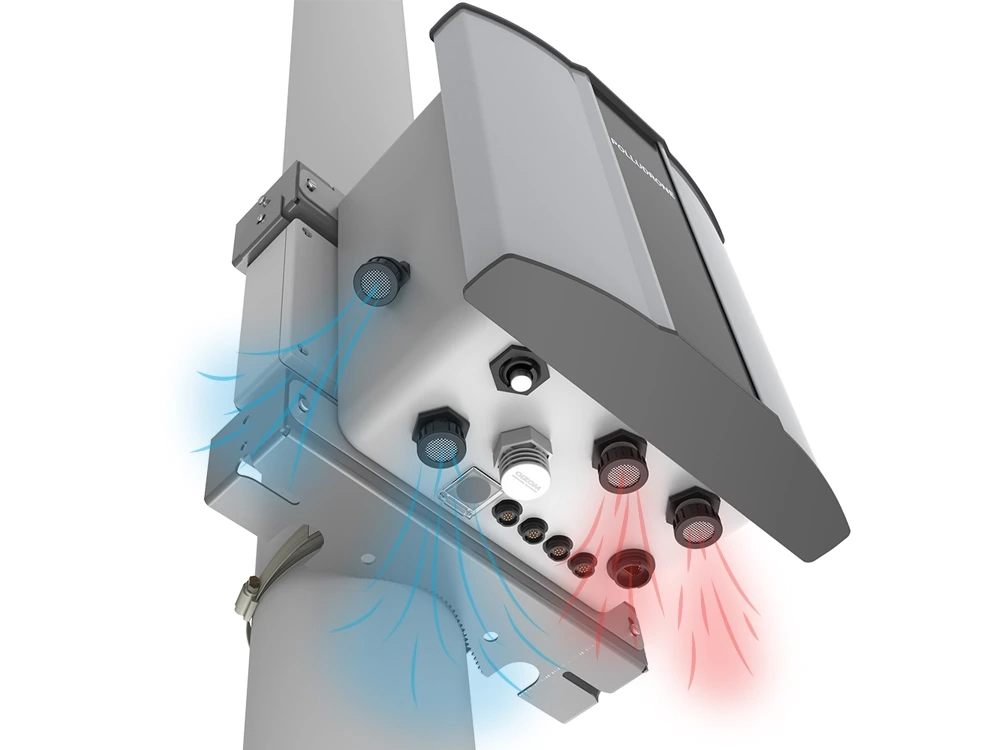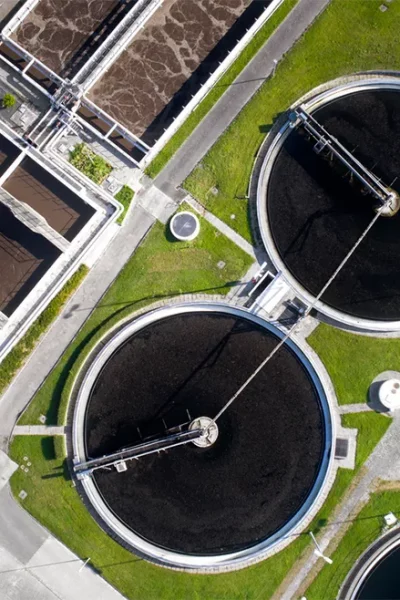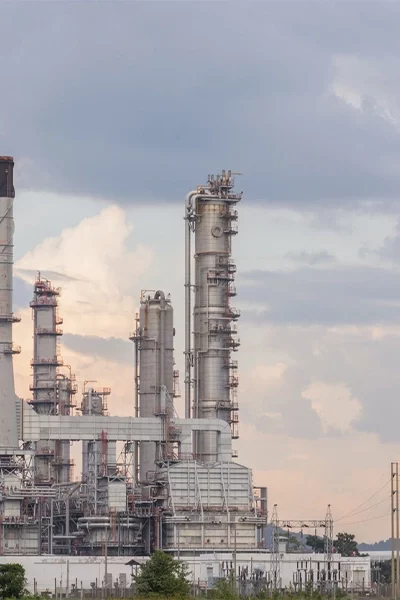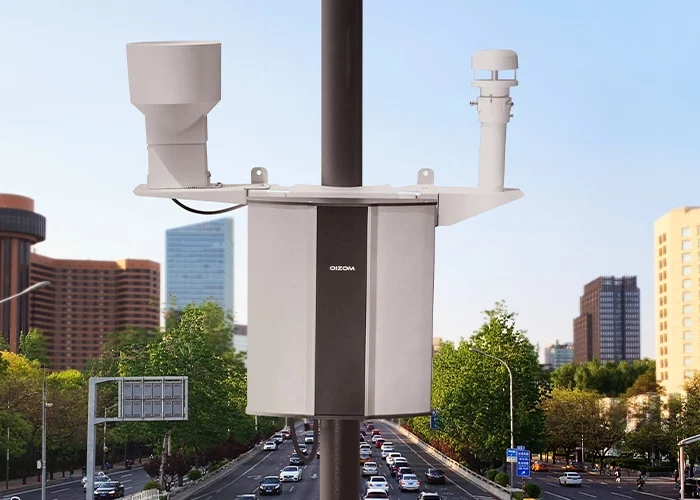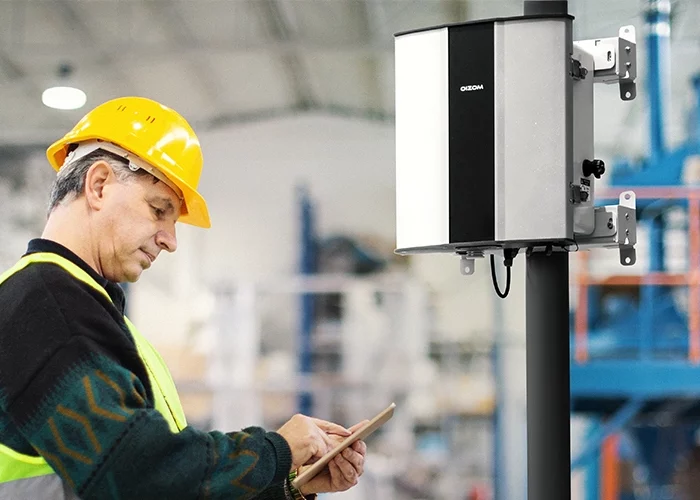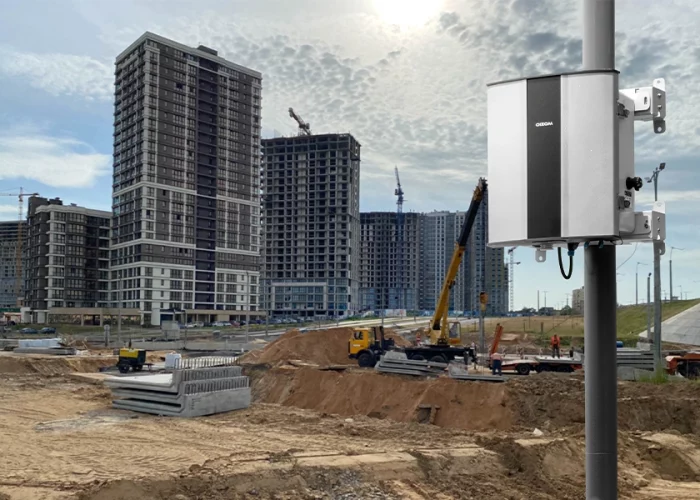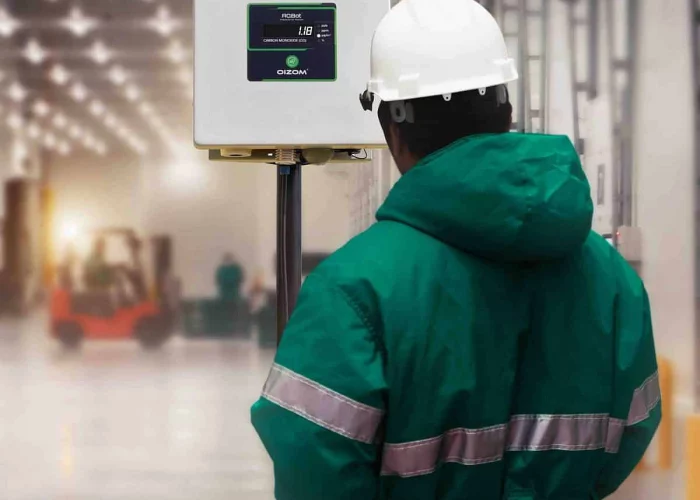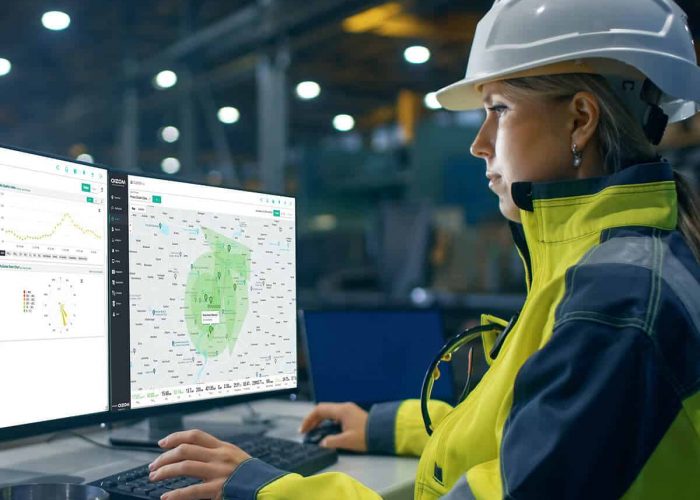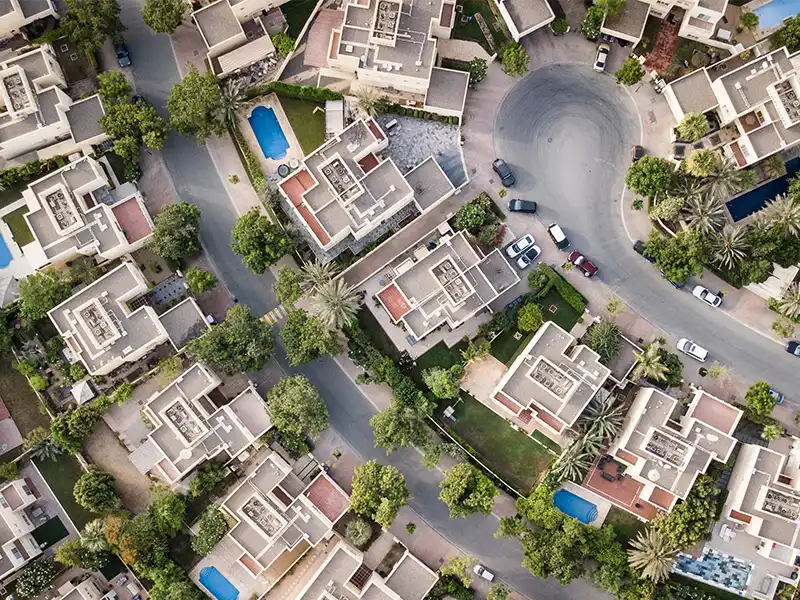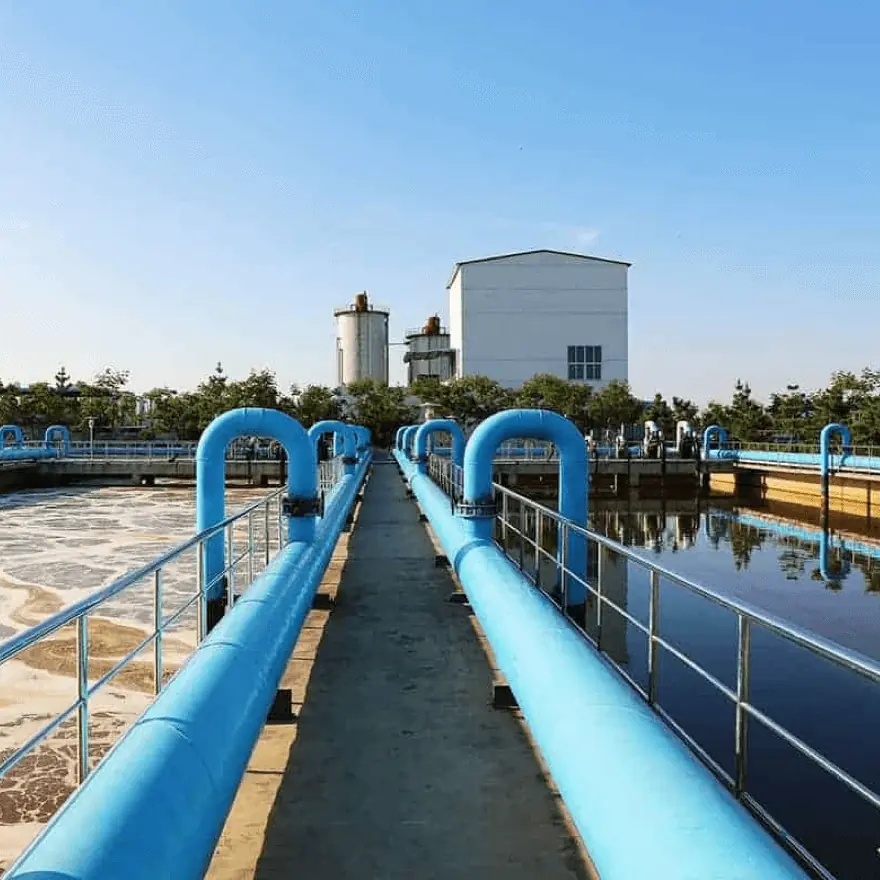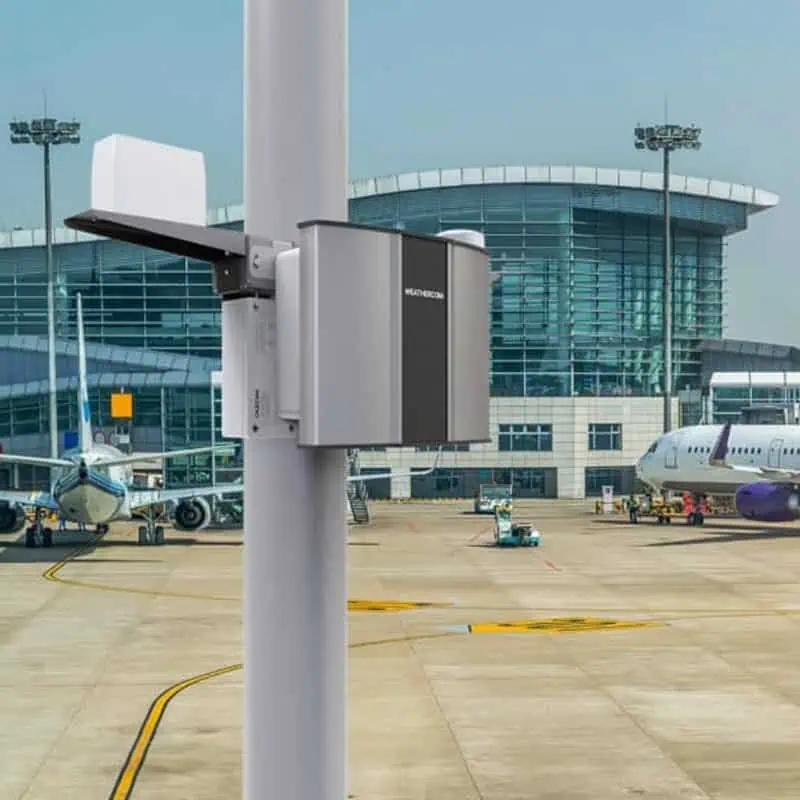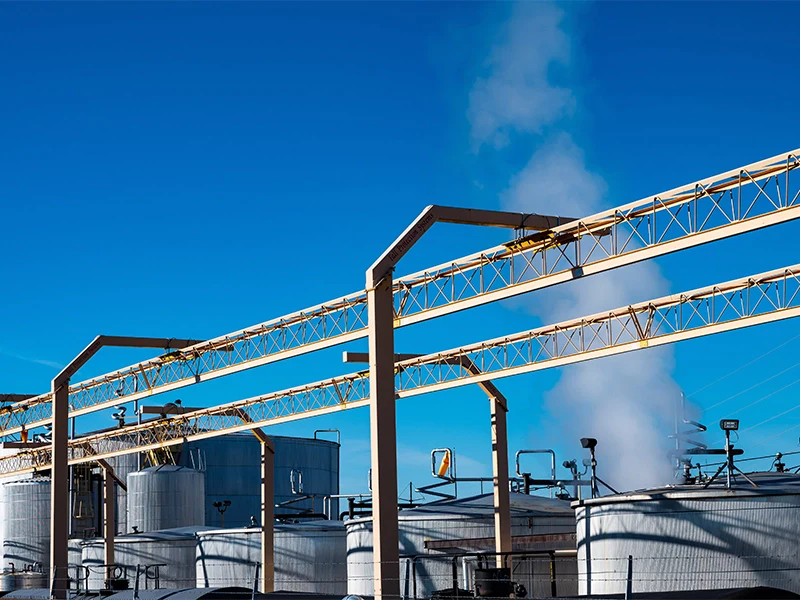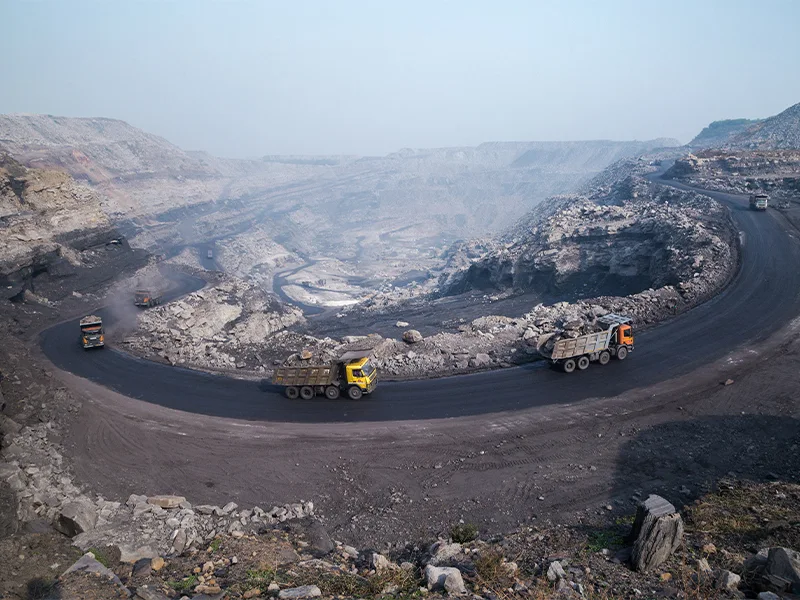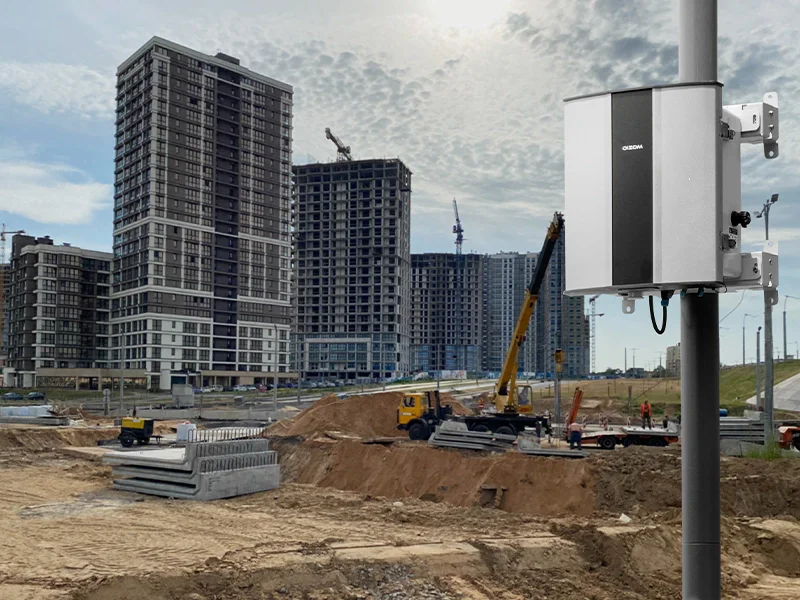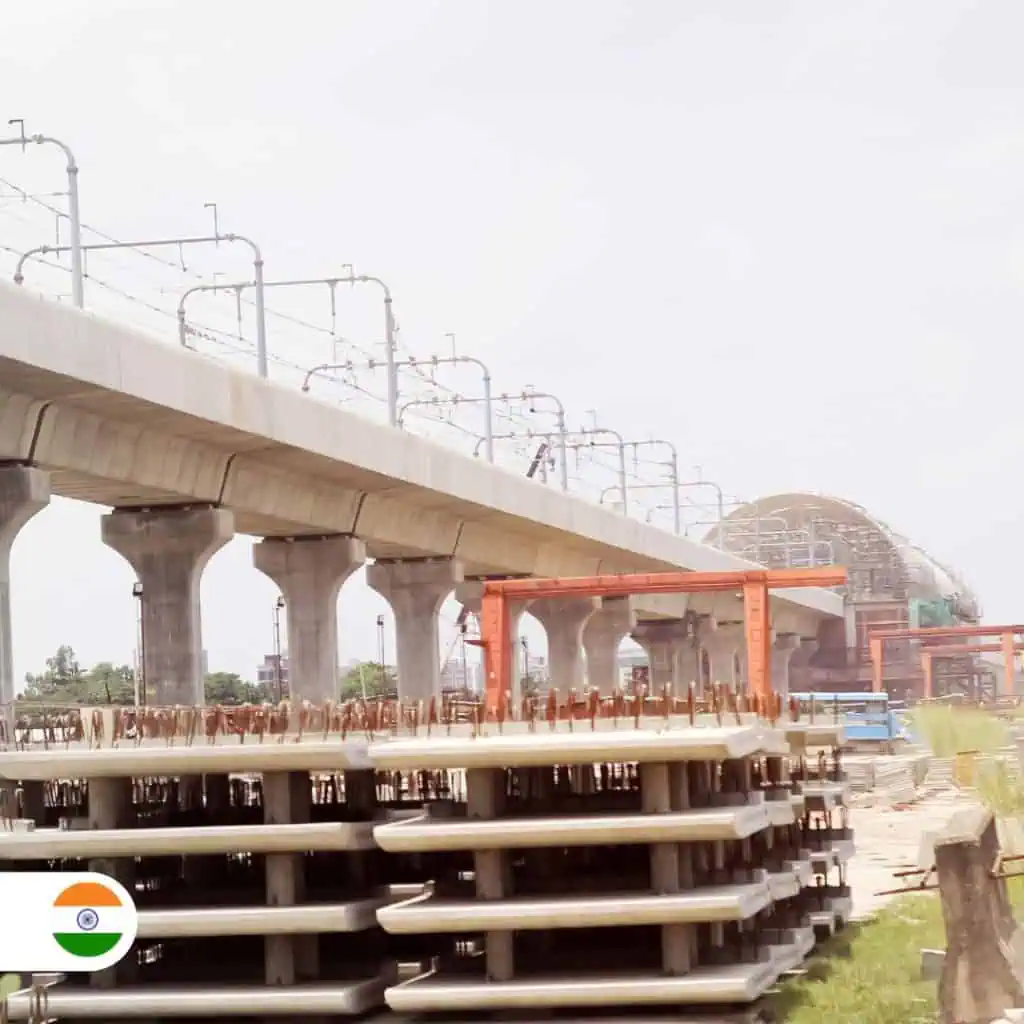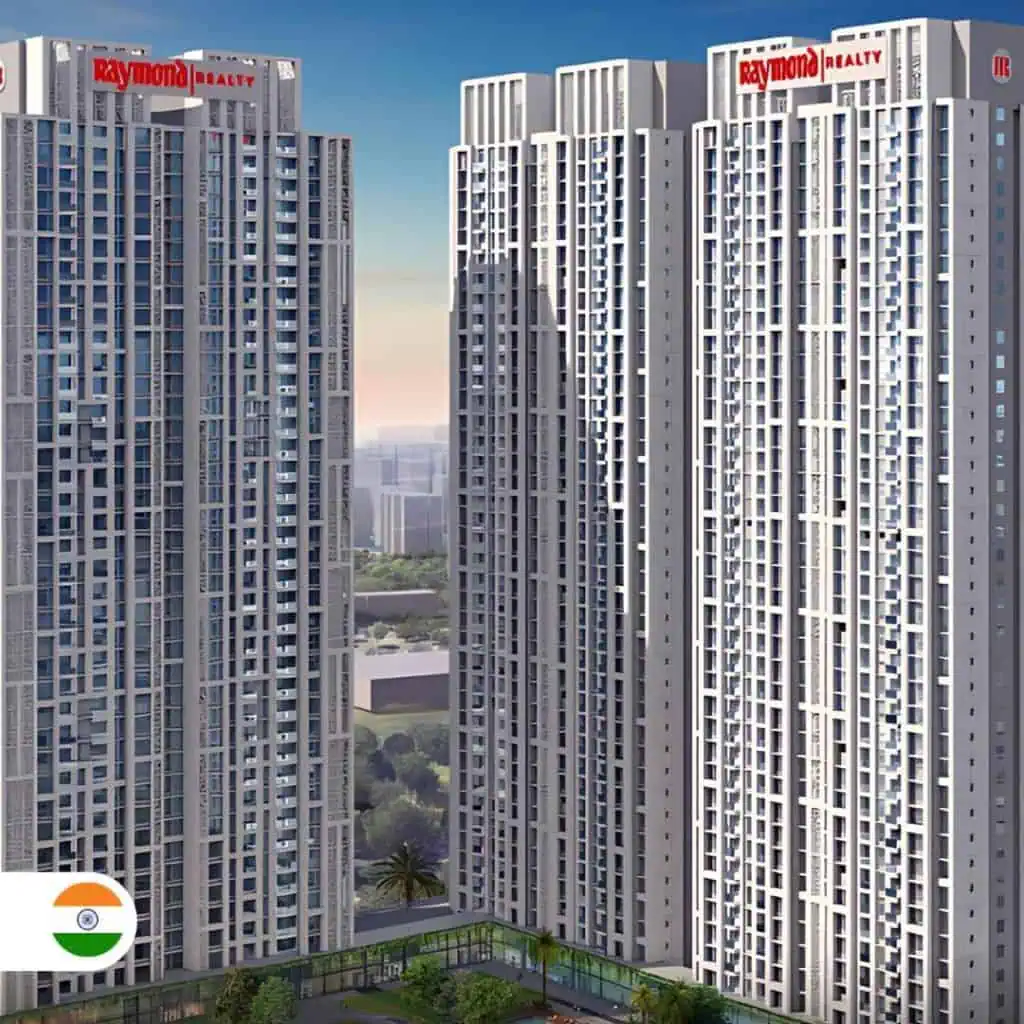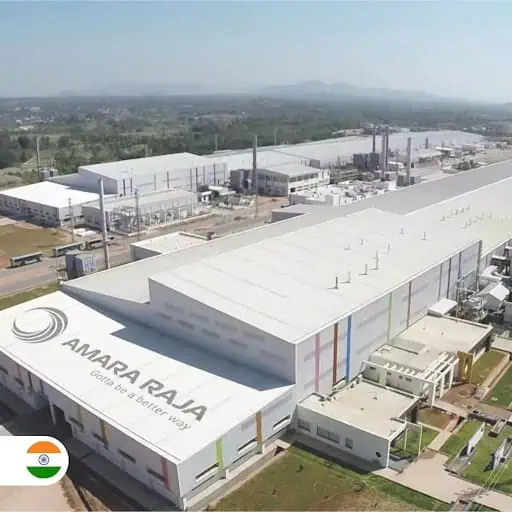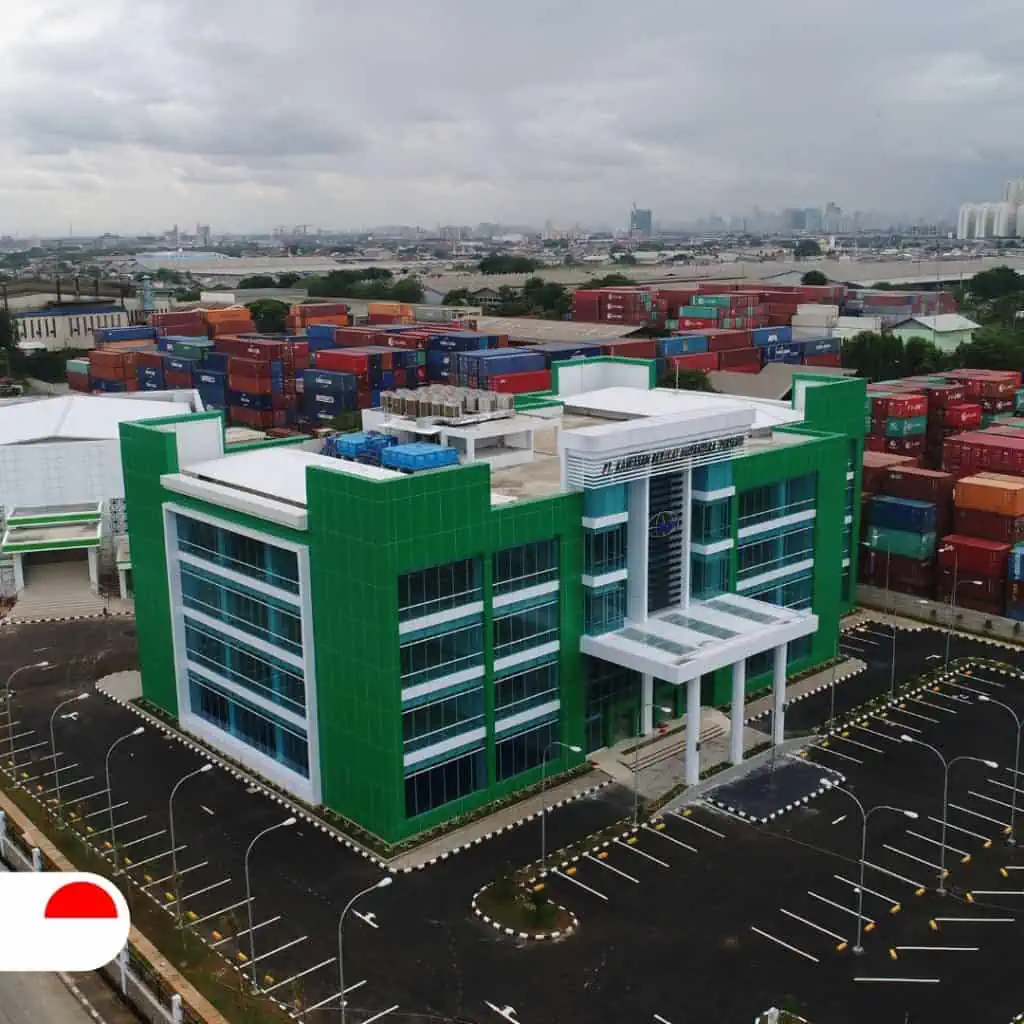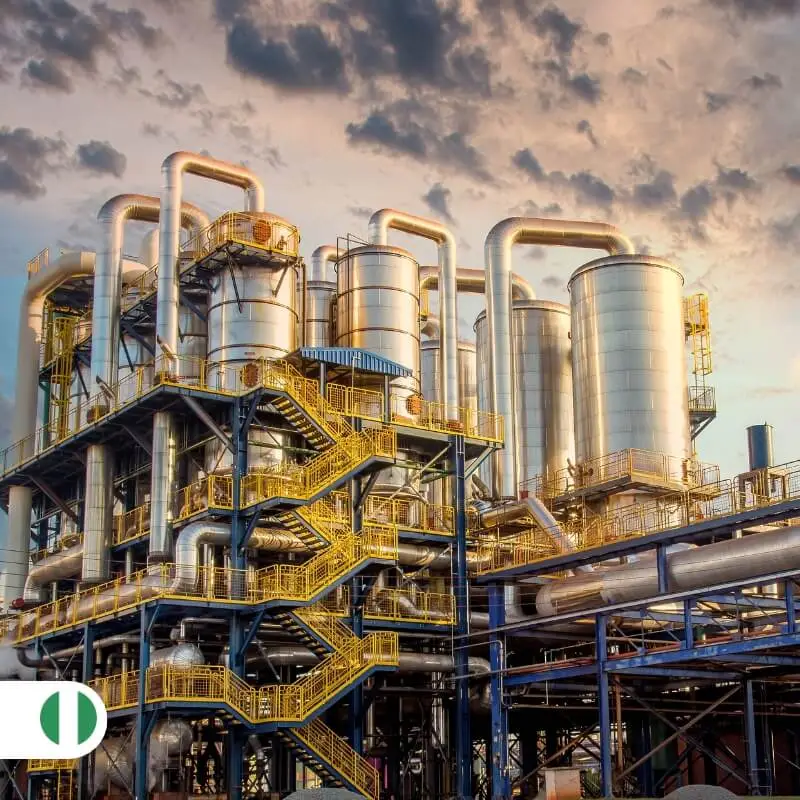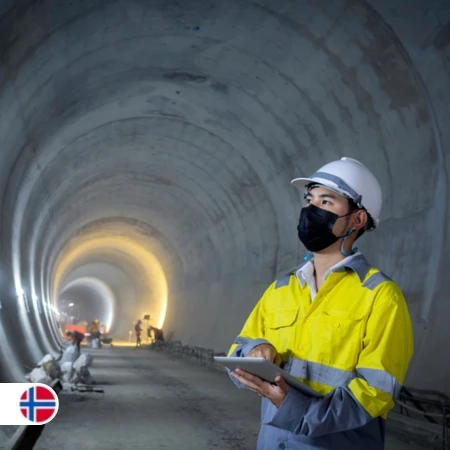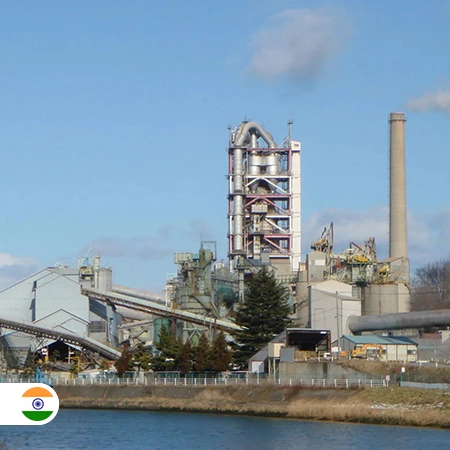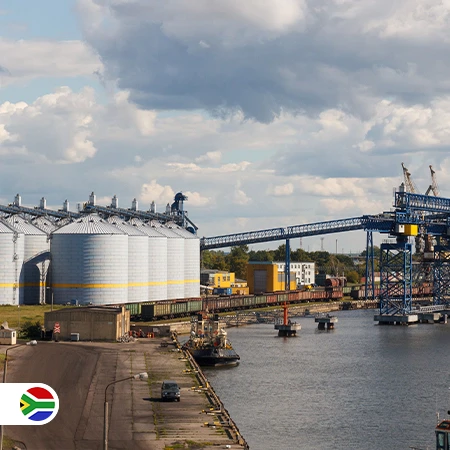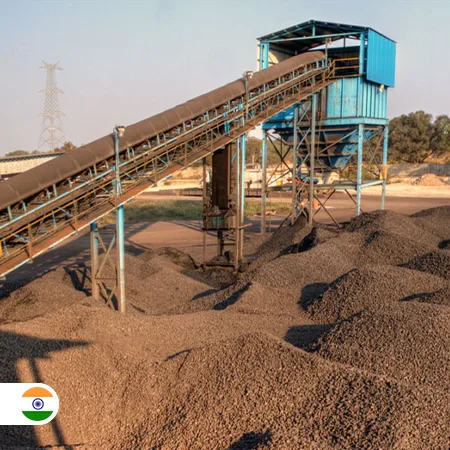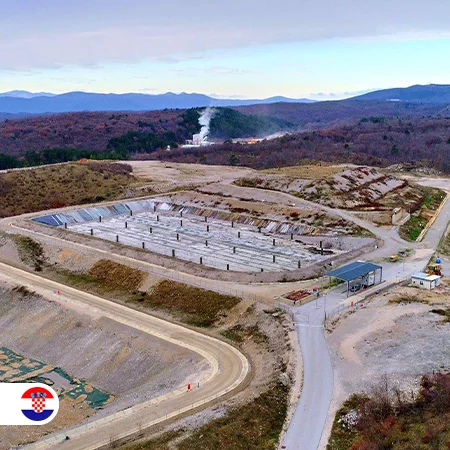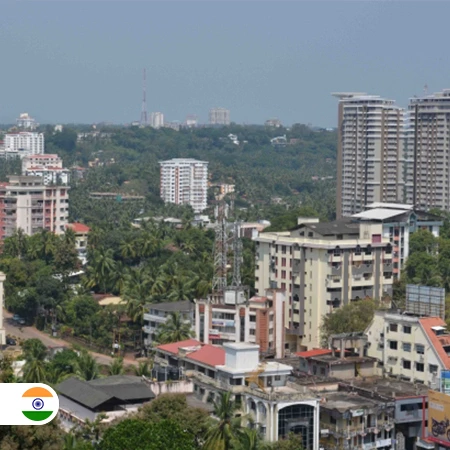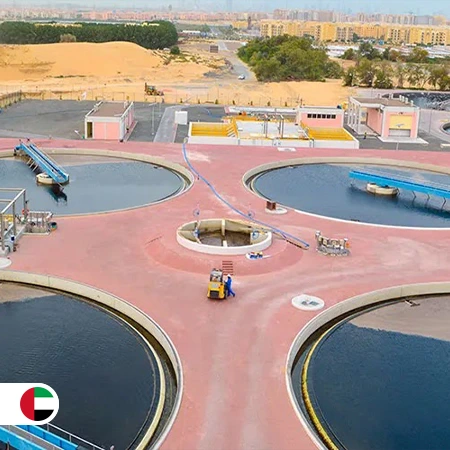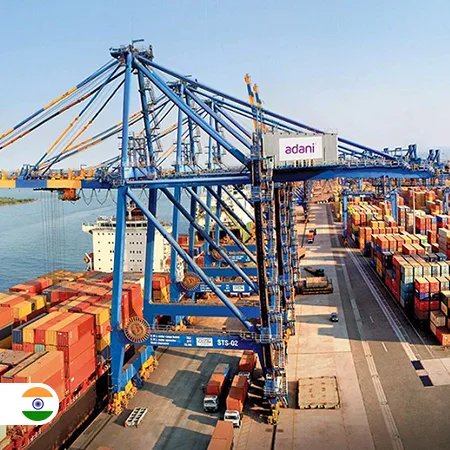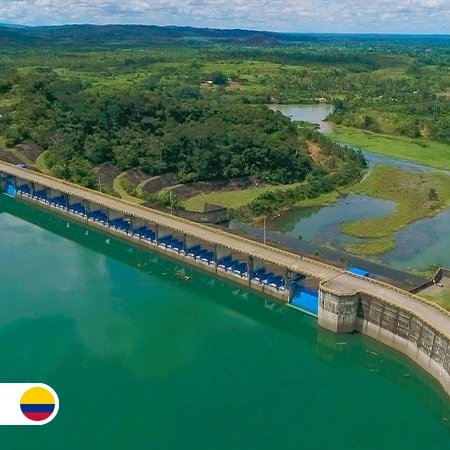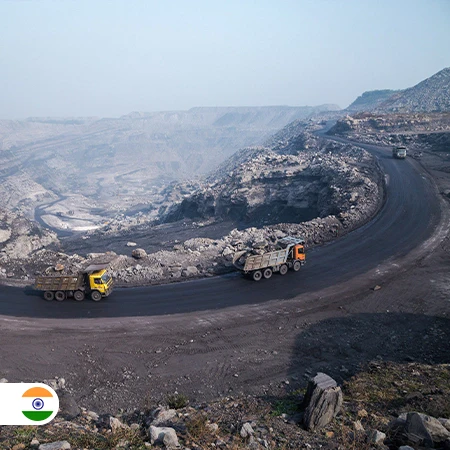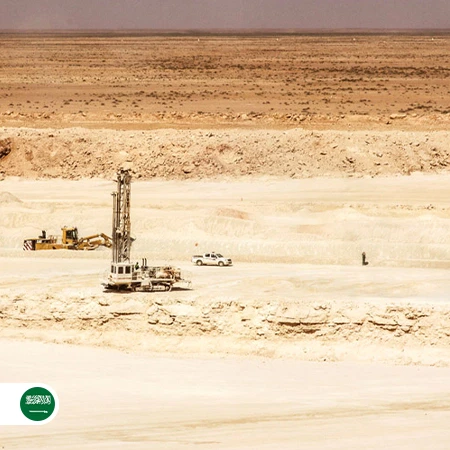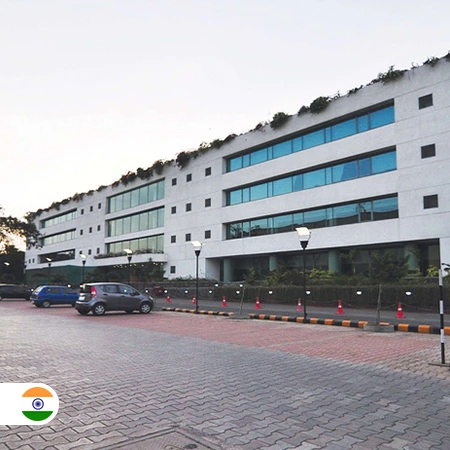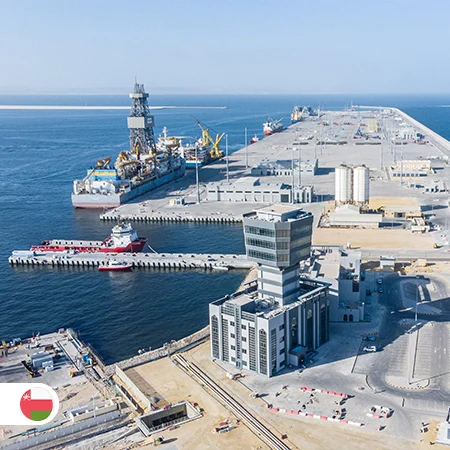Oizom offers end-to-end and scalable solutions for real-time air quality monitoring and advanced data analytics
“We’ve tested air quality monitors from across South Asia, Europe, and the US. Our best pick for outdoor air quality monitoring is Oizom.”
~ Dr. Srikanth Sola, Devic Earth
Real-Time Air Monitoring Solution
Offering accurate air monitoring solutions is the core focus of Oizom. Through cost-effective and highly scalable air-monitoring solutions, Oizom is devoted to democratizing air quality data. With our range of air monitoring systems, we monitor various environmental parameters like air quality, polluting gases, odourful and toxic gases, noise, weather conditions, radiation, etc. Using our patented e-breathing technology, Oizom assures the highest accuracy even in extreme environmental conditions. Our web-based air monitoring software provides real-time environmental data for better decision-making. The Air monitoring software – Oizom terminal derives actionable insights for authorities, communities, and industries.
By offering solutions for numerous air-monitoring applications, Oizom has pioneered in enabling environmental professionals, researchers, city authorities, and industries with their air quality monitoring requirements. Our compact and cost-effective air monitoring systems make air quality monitoring projects easy, safe, and hassle-free.
News
Oizom Air Quality Monitoring System Meets MCERTS Performance Standards
Our Dustroid dust monitoring device is now compliant with indicative MCERTS for particulate matter (PM2.5, PM10)
Oizom Air Quality Monitoring System Meets MCERTS Performance Standards

Polludrone – an integrated air monitoring systems are an ideal system for real-time outdoor air quality monitoring for Urban and Industrial applications.
AQBot is an industrial air quality monitor designed to serve multiple application with wide range of parameters.
Envizom is a cloud-based air quality monitoring software to visualize and analyze air quality data from anywhere.
Why Customers Choose Oizom?

Integrated Sensors
Oizom Air-monitoring system has capabilities to host upto 17 air-quality parameters in a single enclosure.

Low cost of ownership
With a low cost of ownership and minimal maintenance requirements, Oizom is an ideal solution for hyperlocal air quality monitoring network.

End to End Solution
Oizom offers a holistic solution from accurate Air quality data monitoring to advanced data analytics platform for accessibility in real time.

Accurate Air Quality Data
Using patented e-Breathing technology, Oizom systems are highly accurate and have more than 90% accuracy against Federal Reference System (FRM) grade monitoring stations.

Supports Multiple Data Communication
Every Oizom air-monitoring system is a smart & connected device supporting upto 9 various wireless and wired communication protocols.

Traceable Calibration
Every Oizom air-monitoring system is lab calibrated against SI traceable gases to assure utmost accuracy. A lab calibration certificate is provided with every system.

Works in extreme climate
Oizom systems have proven their applications in extreme climatic conditions with temperatures ranging from -40°C to 60°C and humidity up to 100%.

30+ Environmental Parameters
Oizom systems offer the possibility to monitor more than 30 environmental parameters like dust, toxic gases, odorants, noise & weather conditions.

Advanced Data Management Platform
Oizom offers air-quality software with essential modules like realtime dashboard, automated reports, cluster maps, smart alerts and API integrations for effective and timely actions.
What We Offer
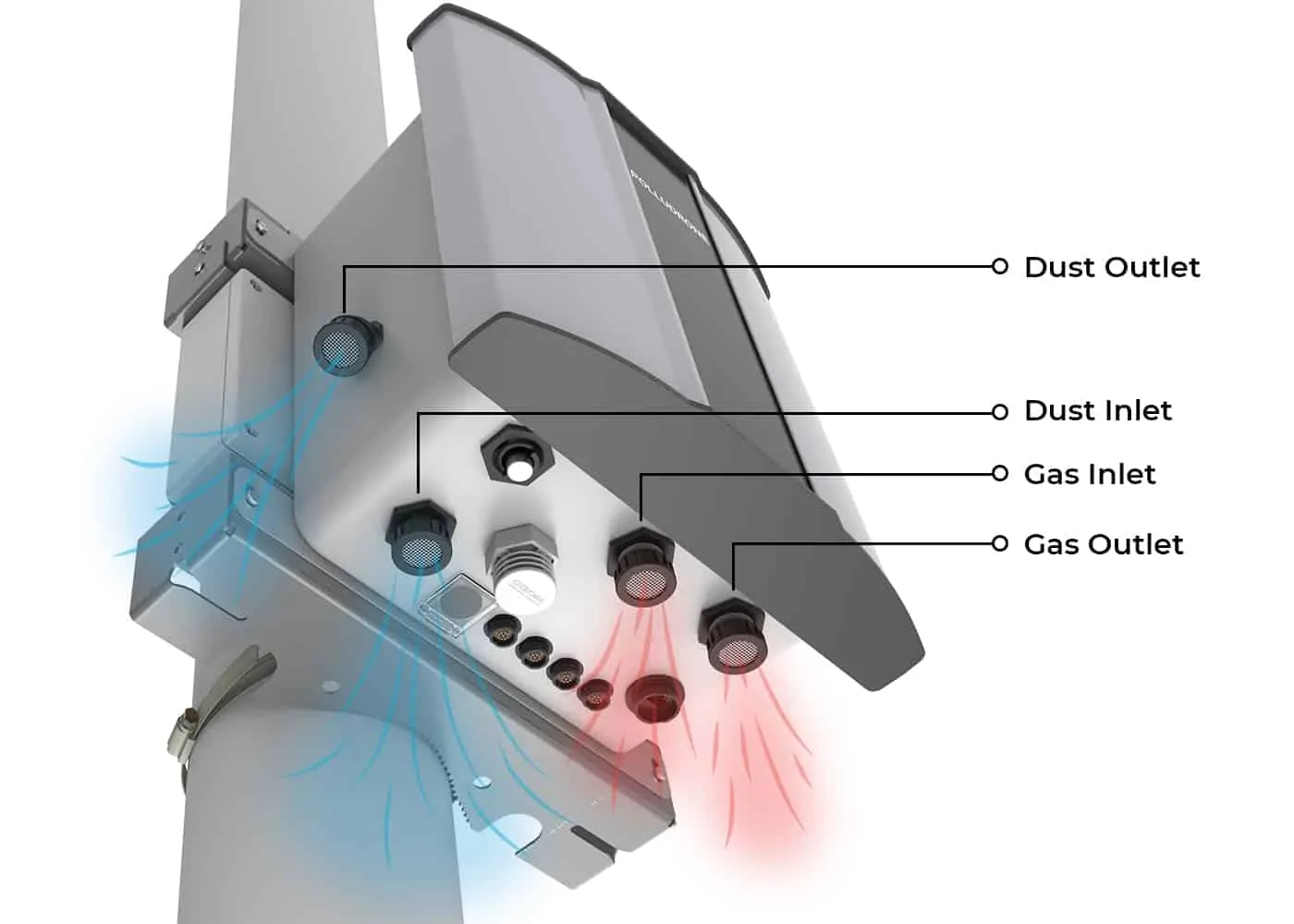
Patented E-breating technology
Through our patented e-Breathing technology, air monitoring is completely isolated from the external environment. Active sampling is responsible for improved stability and accuracy.
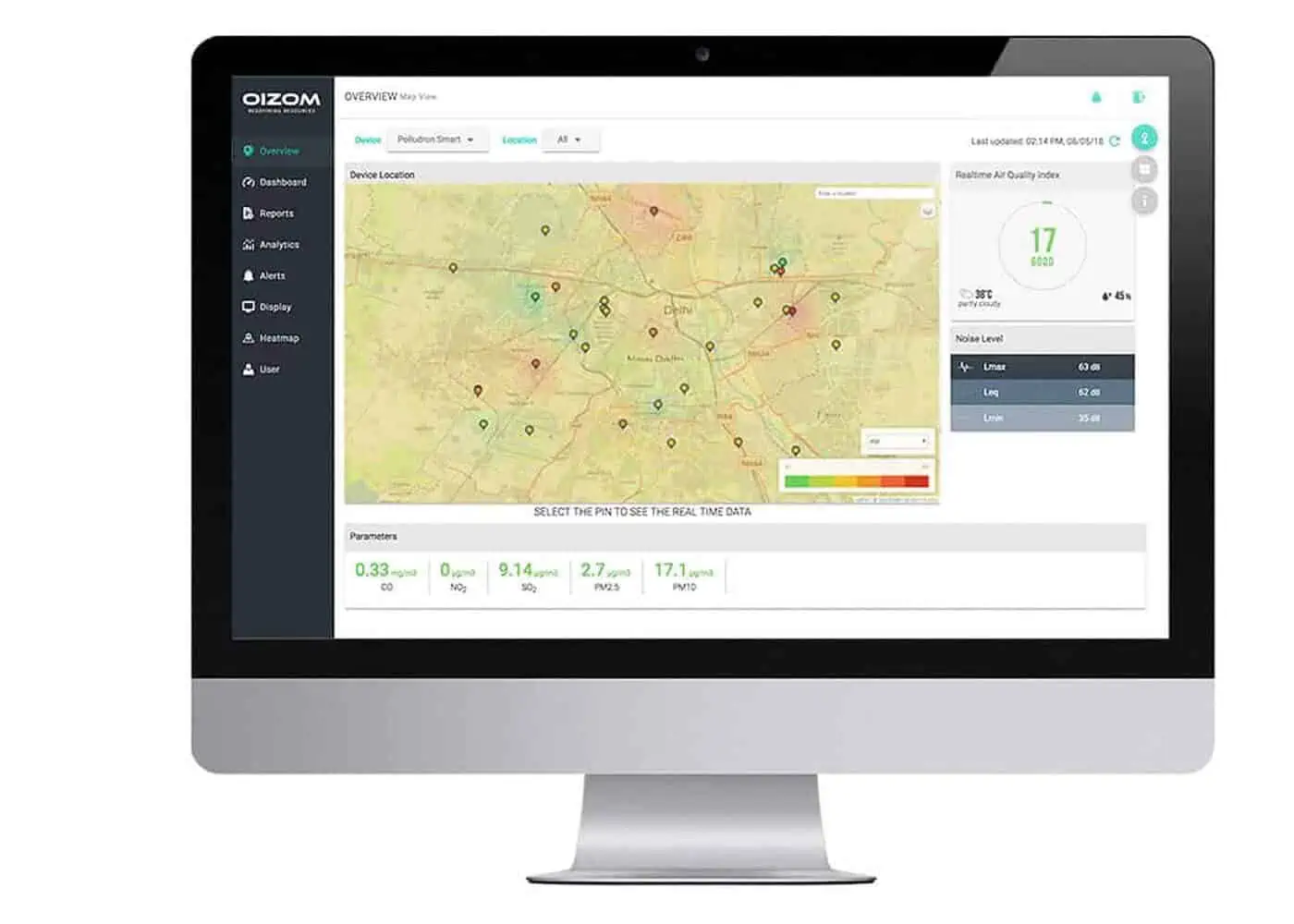
Advance Air Monitoring Software
Oizom has a web-based air monitoring software with advanced tools, designed for professionals and domain experts as per the industry standards for data-driven decision making.
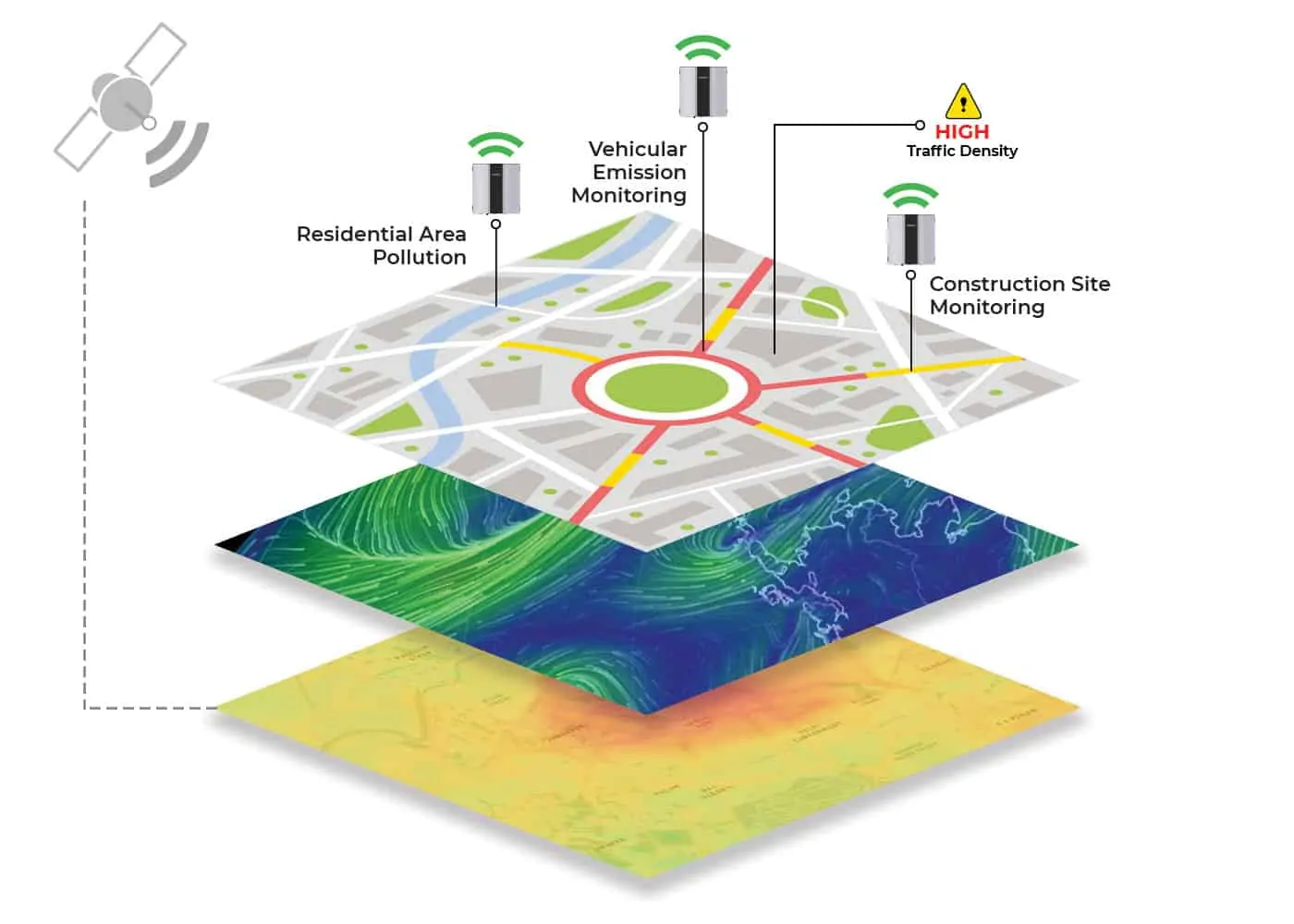
AI Driven Air Modeling
Using environmental data from air monitoring systems, city-scale air quality modeling is possible using Environmental Ai platform. Such pollution maps are highly essential for source apportionment.
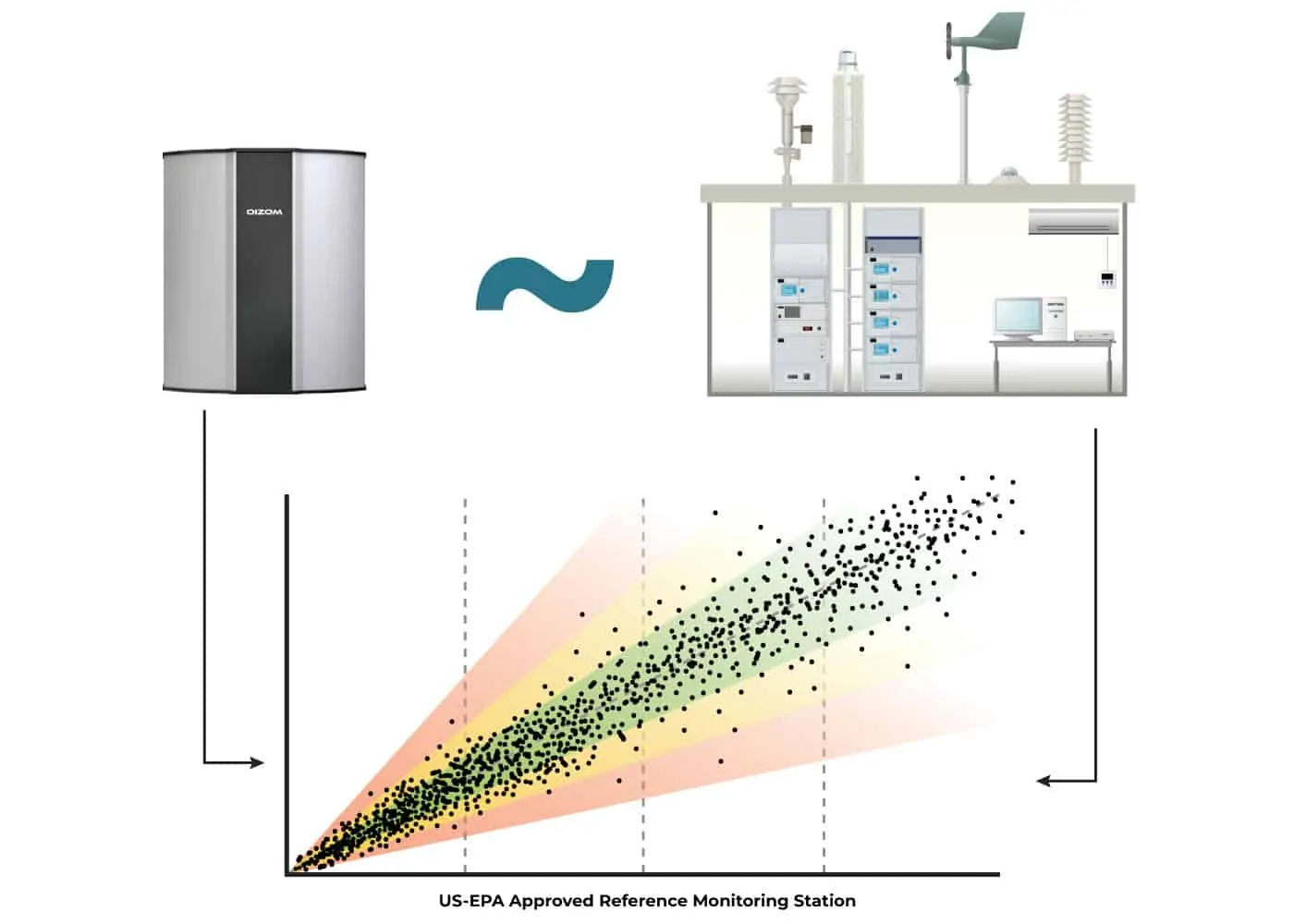
Near Reference Accuracy
Deep Machine Learning algorithms ensure the highest data accuracy. Oizom Air Monitoring System gives more than 90% accurate data when calibrated against the gold standard Reference Systems.
Do you have a specific requirement?
Schedule a call with our expert team and get a customised solution
for your air quality monitoring requirement
Product Usecases
Global Presence
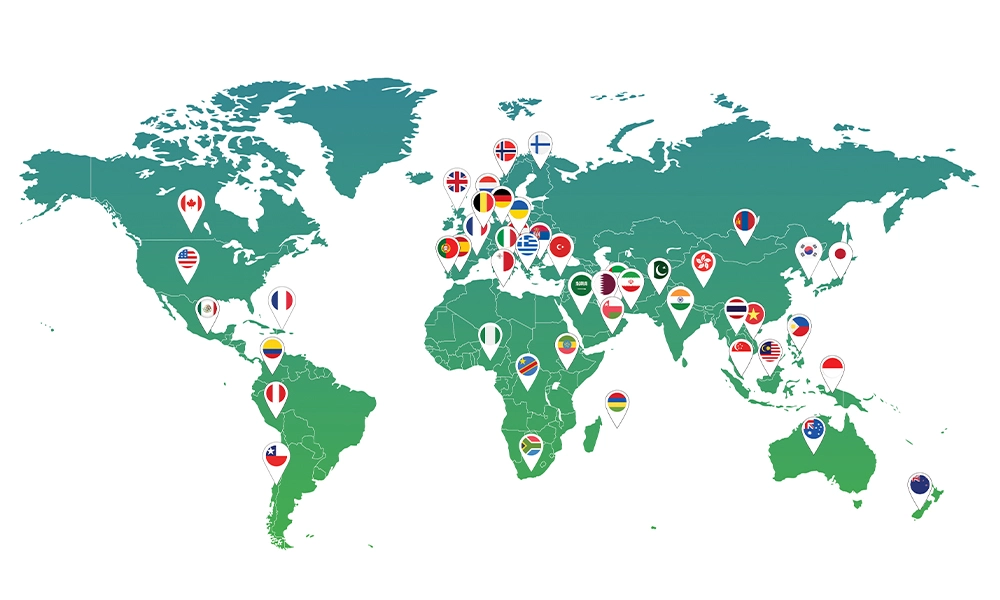
Oizom offers scalable environmental monitoring technology and solutions. Oizom’s Ambient Environmental Monitoring Solutions actively monitors the environmental conditions of 15 Smart Cities worldwide. With more than 1000 installations across the globe, we monitor the environmental health of more than 23 million people worldwide. Oizom has a strong presence across 50+ countries through our ecosystem of channel partners and distributors.
Our Clients

